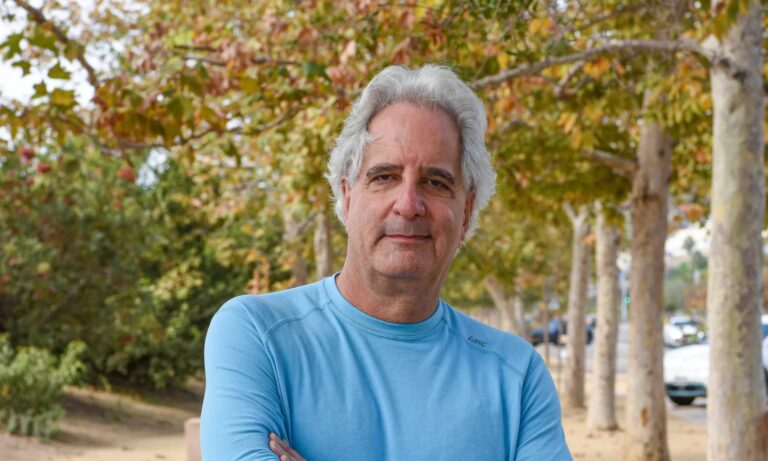
By Michel Shane
On a crisp morning in Malibu, four empty chairs sat in Pepperdine University’s chapel — a haunting reminder of young lives tragically cut short on Pacific Coast Highway. I want to know that “My daughter’s drea1ms died on that road. But her memory can save others if we act now.”
These weren’t just statistics; they were unrealized dreams, shattered families, and a community forever changed. Today, I have an urgent message: The future of road safety lies not in our expectations of others but in our collective power to act.
Imagine streets where residents, local businesses, and celebrities join forces to enhance road safety. This isn’t a distant vision — it’s the future of traffic safety, and it begins with you.
When I was invited to address the California Police Chiefs Association, I asked Sheriff’s Capt. Jennifer Seetoo of Lost Hills/Malibu to join me; our message transcended traditional safety rhetoric. The Pepperdine tragedy wasn’t just a wake-up call but a deafening alarm that echoed through our community’s conscience. It forced us to confront an uncomfortable truth: our silence and inaction make us complicit in every future tragedy we fail to prevent.
Captain Seetoo assembled a dedicated task force comprised of enthusiastic individuals eager to bring about change. Law enforcement officials, filmmakers, community advocates, and committed citizens collaborated and developed striking safety campaigns that fundamentally challenged our community. The initial outcome was “The Ghost Tire Memorial” for PCH victims — a poignant monument in Malibu that underscores the lurking dangers and the value of life. This campaign succeeded because it was fueled by a collective commitment to improving the safety of our streets.
“No” is a word that has killed too many dreams and, tragically, too many lives. Capt. Seetoo faced countless obstacles when she established our state-of-the-art real-time monitoring center. Government bureaucracy, budget constraints, and skeptics presented their versions of “no.” But she understood that “no” is merely the first draft of “yes” — an invitation to think harder, work smarter, and push beyond conventional boundaries.
The proof is in the numbers: Santa Monica reduced collisions by 42 percent through business-school collaborations. Sacramento saw a 31 percent decrease in crashes when faith-based organizations joined forces with neighborhood watches. San Diego achieved a 38 percent reduction in severe injuries through partnerships between tourism and environmental groups. Each success story began with someone who refused to accept the status quo.
We live in an era of unprecedented technological power, yet too often, we let “no” become our default response to innovation. Our real-time monitoring center stands as a testament to what’s possible when vision meets action. This isn’t just about cameras and data — it’s about creating a nervous system for our community’s safety that can potentially prevent tragedy before it strikes.
I ask those waiting for government solutions or perfect conditions: How many more empty chairs must we count? How many more families must face the unbearable weight of loss before we acknowledge that traffic safety isn’t someone else’s responsibility — it’s ours? The tools are in our hands — from community-sourced data to innovative education programs. The only missing ingredient is our unwavering commitment to action.
Traffic safety isn’t just the police’s problem — it’s everyone’s. A diverse coalition of local media, schools, and neighborhood groups is vital to real change. You can identify and work toward solutions using technology, education, and engineering. I don’t have all the answers, but I refuse to stay silent after becoming a victim. I didn’t turn to anyone else; I just jumped in. Why not you before you have to react to a tragedy? Why not you before someone else has to suffer?
Leadership isn’t about titles or positions; it’s about being the first to say “yes” when others say “no” and taking that first step when others hesitate. It’s about showing, not telling, what’s possible when we refuse to accept the unacceptable. Our community possesses every resource needed for change — prestigious schools, engaged businesses, passionate residents, and committed law enforcement. What we need now is the courage to use them.
The future of traffic safety isn’t a distant dream — it’s a reality waiting to be shaped by our collective hands. Every life saved preserves a future, keeps a family whole, and strengthens a community. The question isn’t whether we can create change; it’s whether we will rise to the occasion before another tragedy forces our hand. The time for action is now, and “no” is not an option.
Together, we can transform our streets from spaces of fear into pathways of hope. The next life saved could be someone you love. Act now — because tomorrow might be too late.